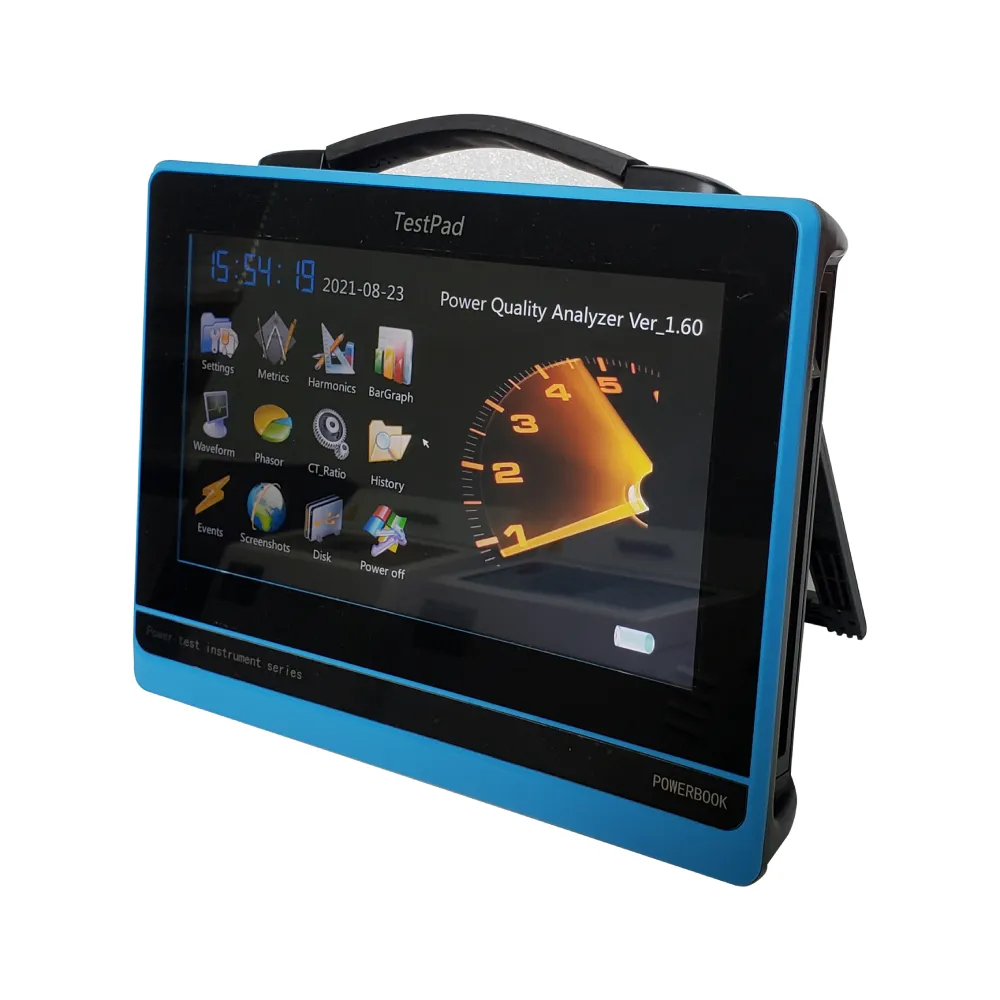 English
English



-
 Afrikaans
Afrikaans -
 Albanian
Albanian -
 Amharic
Amharic -
 Arabic
Arabic -
 Armenian
Armenian -
 Azerbaijani
Azerbaijani -
 Basque
Basque -
 Belarusian
Belarusian -
 Bengali
Bengali -
 Bosnian
Bosnian -
 Bulgarian
Bulgarian -
 Catalan
Catalan -
 Cebuano
Cebuano -
 China
China -
 China (Taiwan)
China (Taiwan) -
 Corsican
Corsican -
 Croatian
Croatian -
 Czech
Czech -
 Danish
Danish -
 Dutch
Dutch -
 English
English -
 Esperanto
Esperanto -
 Estonian
Estonian -
 Finnish
Finnish -
 French
French -
 Frisian
Frisian -
 Galician
Galician -
 Georgian
Georgian -
 German
German -
 Greek
Greek -
 Gujarati
Gujarati -
 Haitian Creole
Haitian Creole -
 hausa
hausa -
 hawaiian
hawaiian -
 Hebrew
Hebrew -
 Hindi
Hindi -
 Miao
Miao -
 Hungarian
Hungarian -
 Icelandic
Icelandic -
 igbo
igbo -
 Indonesian
Indonesian -
 irish
irish -
 Italian
Italian -
 Japanese
Japanese -
 Javanese
Javanese -
 Kannada
Kannada -
 kazakh
kazakh -
 Khmer
Khmer -
 Rwandese
Rwandese -
 Korean
Korean -
 Kurdish
Kurdish -
 Kyrgyz
Kyrgyz -
 Lao
Lao -
 Latin
Latin -
 Latvian
Latvian -
 Lithuanian
Lithuanian -
 Luxembourgish
Luxembourgish -
 Macedonian
Macedonian -
 Malgashi
Malgashi -
 Malay
Malay -
 Malayalam
Malayalam -
 Maltese
Maltese -
 Maori
Maori -
 Marathi
Marathi -
 Mongolian
Mongolian -
 Myanmar
Myanmar -
 Nepali
Nepali -
 Norwegian
Norwegian -
 Norwegian
Norwegian -
 Occitan
Occitan -
 Pashto
Pashto -
 Persian
Persian -
 Polish
Polish -
 Portuguese
Portuguese -
 Punjabi
Punjabi -
 Romanian
Romanian -
 Russian
Russian -
 Samoan
Samoan -
 Scottish Gaelic
Scottish Gaelic -
 Serbian
Serbian -
 Sesotho
Sesotho -
 Shona
Shona -
 Sindhi
Sindhi -
 Sinhala
Sinhala -
 Slovak
Slovak -
 Slovenian
Slovenian -
 Somali
Somali -
 Spanish
Spanish -
 Sundanese
Sundanese -
 Swahili
Swahili -
 Swedish
Swedish -
 Tagalog
Tagalog -
 Tajik
Tajik -
 Tamil
Tamil -
 Tatar
Tatar -
 Telugu
Telugu -
 Thai
Thai -
 Turkish
Turkish -
 Turkmen
Turkmen -
 Ukrainian
Ukrainian -
 Urdu
Urdu -
 Uighur
Uighur -
 Uzbek
Uzbek -
 Vietnamese
Vietnamese -
 Welsh
Welsh -
 Bantu
Bantu -
 Yiddish
Yiddish -
 Yoruba
Yoruba -
 Zulu
Zulu
hplc gc
Understanding HPLC and GC Essential Techniques in Analytical Chemistry
High-Performance Liquid Chromatography (HPLC) and Gas Chromatography (GC) are two vital analytical techniques widely used in laboratories to separate, identify, and quantify components in a mixture. While they serve similar purposes, the two methods have distinct advantages, principles, and applications within the field of chemistry.
HPLC A Closer Look
HPLC is a technique that employs a liquid mobile phase to separate analytes that are dissolved in a solvent. The mixture is pumped under high pressure through a column packed with stationary phase material. The interaction of the analytes with the stationary phase determines their retention time, leading to separation as they pass through the column.
One of the primary advantages of HPLC is its ability to analyze compounds that are not volatile, making it applicable for a wide range of substances, including pharmaceuticals, food additives, and biological samples. The method is particularly effective for separating polar and ionic compounds, as well as large biomolecules such as proteins and nucleic acids.
Modern HPLC systems come equipped with various detectors, such as UV-Vis, fluorescence, and mass spectrometry, allowing for the identification and quantification of analytes. The precision and sensitivity of HPLC make it a preferred choice in quality control, method development, and research applications.
GC An Overview
On the other hand, Gas Chromatography (GC) is designed for the analysis of volatile compounds. In this process, the sample is vaporized and carried by an inert gas (the mobile phase) through a column coated with a stationary phase. Similar to HPLC, the differential interaction between the analytes and the stationary phase facilitates separation based on the volatility and affinity of the compounds.
hplc gc

GC is particularly favored for its high efficiency and resolution. It can separate complex mixtures and provide rapid analyses, making it an excellent choice for applications in environmental monitoring, forensic science, and petrochemical research. Common detectors utilized in GC include flame ionization detectors (FID) and thermal conductivity detectors (TCD).
One challenge of GC is that it requires samples to be volatile and thermally stable. As such, substances that decompose upon heating or do not vaporize at reasonable temperatures cannot be adequately analyzed using this technique.
Comparing HPLC and GC
While both HPLC and GC share a similar goal of separation and analysis, their applicability depends significantly on the nature of the sample in question. HPLC is more versatile for complex matrices and broader chemical groups, especially those that do not easily vaporize. Conversely, GC offers advantages in speed, efficiency, and the analysis of low molecular weight compounds.
The choice between HPLC and GC often hinges on sample characteristics, including polarity, volatility, and stability. In many laboratory settings, both techniques are complementary. For instance, in pharmaceutical analysis, HPLC may be used for higher molecular weight compounds, whereas GC could be employed for volatile impurities.
Conclusion
In conclusion, High-Performance Liquid Chromatography and Gas Chromatography are indispensable tools in the realm of analytical chemistry. Each technique provides unique strengths tailored to specific types of samples. Understanding their fundamental principles, advantages, and limitations enables chemists to make informed decisions in their laboratory analyses. As technology continues to advance, both HPLC and GC will evolve, further enhancing their precision and applications across various fields, including pharmaceuticals, environmental science, and food quality testing. Through these advancements, researchers are well-equipped to tackle the complexities of modern analytical challenges.
-
Ensuring Transformer Reliability with High-Precision Turns Ratio TestingNewsJul.18,2025
-
Ensuring SF₆ Gas Safety: Introducing PUSH’s Integrated SF₆ Analyzer for Dew Point, Purity, and Decomposition MonitoringNewsJul.10,2025
-
Exploring the Main Types of Industrial Endoscopes and Their Applications Across IndustriesNewsJul.04,2025
-
Testing Equipment Industry Sees Major Advancements in 2025: Smart & Precision Technologies Lead the WayNewsJun.06,2025
-
Applications of Direct Current Generators in Renewable Energy SystemsNewsJun.05,2025
-
Hipot Tester Calibration and Accuracy GuidelinesNewsJun.05,2025



